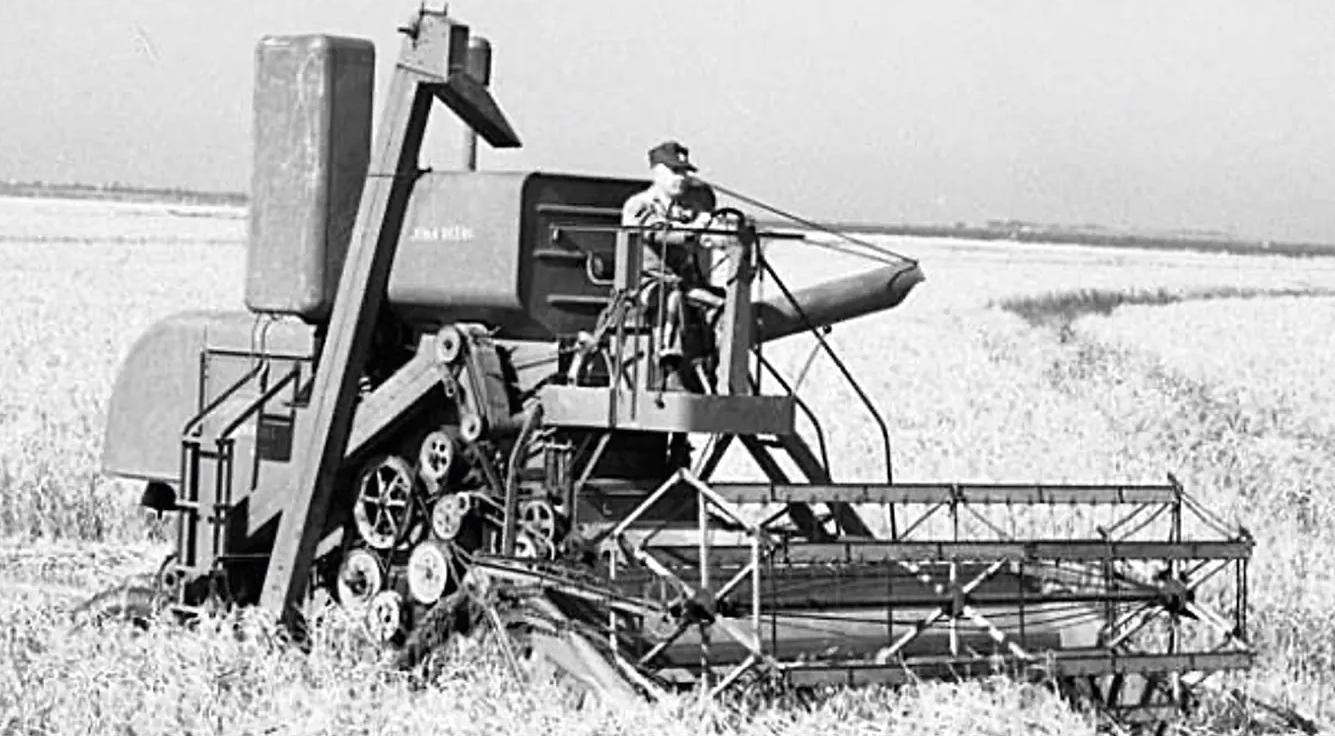This year John Deere is celebrating 75 years of combine harvesters. From the 55 Series to the X Series, the history of combine harvesters is a story of technical innovation. As you can see, innovations have come to fruition – John Deere harvesters are responsible for over half of all grain harvesting in the world today.
The history of John Deere harvesters began in earnest in 1947 when the brand released the Model 55 – according to representatives of the John Deere brand – the first self-propelled combine harvester which is considered the predecessor of today’s harvesters. It was a response to the progressive mechanization of agriculture.
In subsequent years, the John Deere team focused primarily on self-levelling machines, such as the 55H harvesters, which were introduced in 1954, and which were able to achieve the best threshing results even on difficult terrain. Over time, combines have evolved to help farmers harvest their crops faster and more efficiently.
Also worth mentioning are such machine design milestones as the introduction of crawler drive in 1963, the hybrid threshing system in 1992, or the use of the Greenstar 1 display in 1999, which allowed the machine to be operated in parallel.
Just three years later, AutoTrac and the first-generation StarFire receiver were introduced, making it the first device to offer hands-free operation to combine operators. With the introduction of the Telematics Module (MTG) also in 2002, John Deere paved the way for farmers and contractors to harvest more accurately.
In 2006, the year John Deere combines began to use MTG (Modular Telematics Gates) instead of the previous flagging system to indicate that the combine needs to be unloaded. Thanks to the MTG technology, the combine can monitor remotely in real-time, as well as provide information on the location, throughput and tank content of the combine.
In May 2010, John Deere rolled off the assembly line with the 500,000th STS 9870. The major difference in the combine was the use of the single-finger separator straw walker model still used in the world’s most popular S-Series combines today. The owner of the half-millionth copy was Greg Briggs of CISCO.
This rapid development led to today’s T, S and X Series models, which allow farmers and contractors to use machine performance and real-time location data to remotely monitor and analyze crops.



